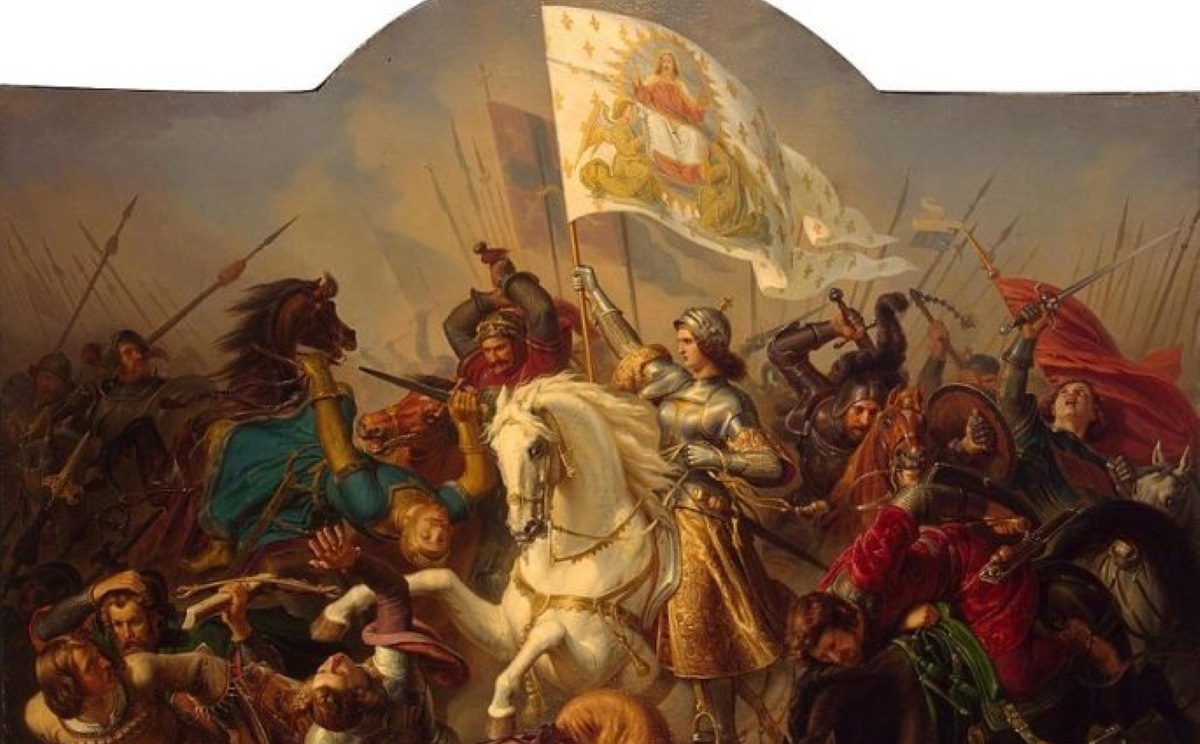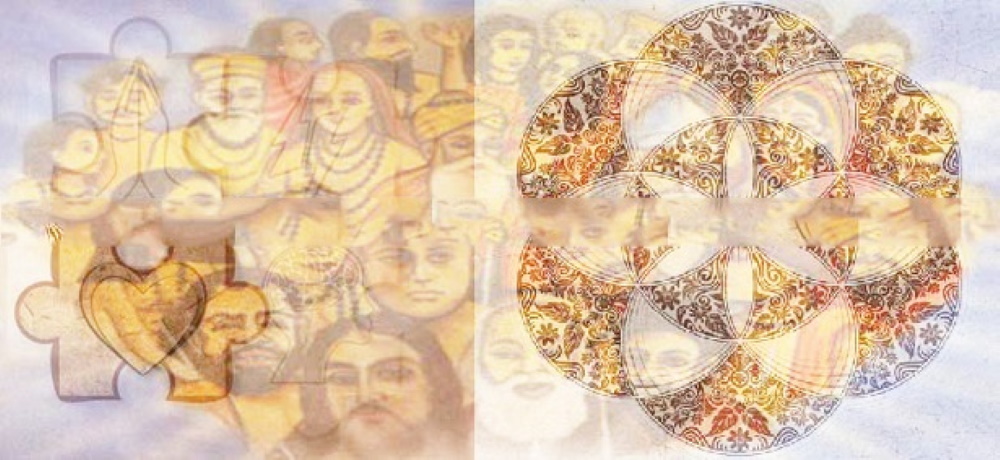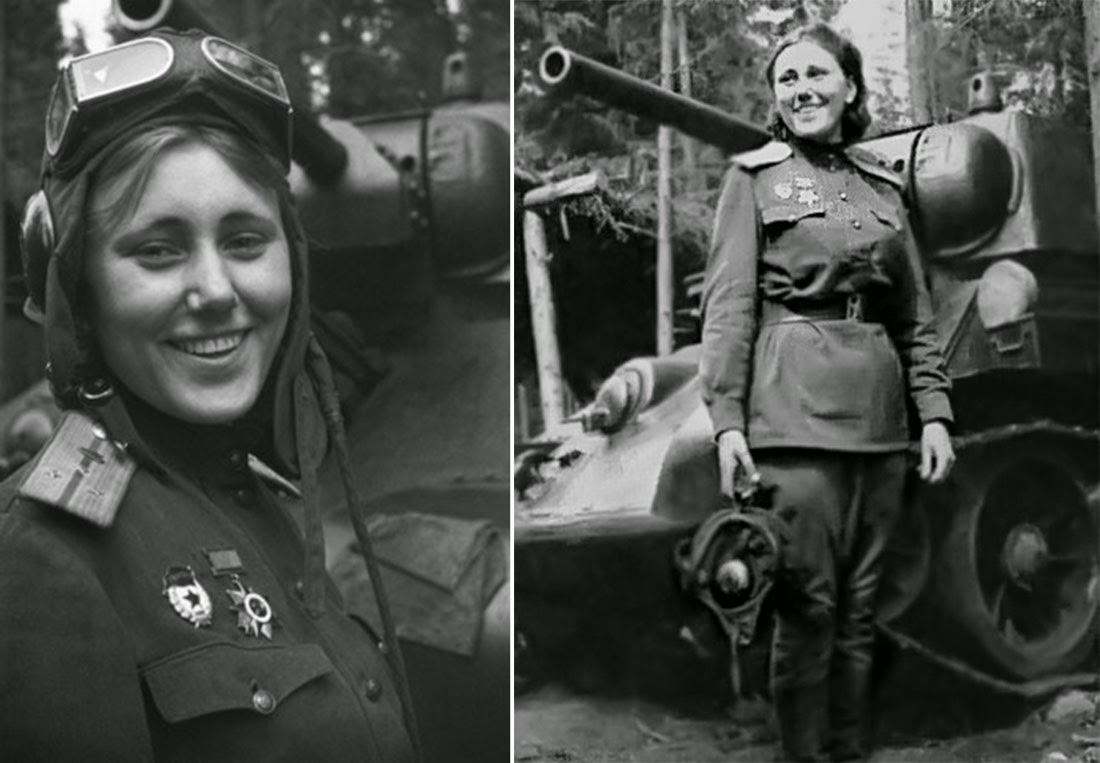Fanta for Nazi Germany. It’s February 1944 and Berlin is attempting to recover from American aerial bombing. But life and industry continues on the city’s outskirts. In farmhouses, bottles clang and a mix of ex-convicts, Chinese laborers, and other workers fill glass bottles of what was likely a cloudy, brownish liquid. This is one of Coca-Cola’s makeshift bottling operations, and they are making Nazi Germany’s signature beverage. Even during war, Germans want their Fanta.
The soft drink Fanta was invented by Coca-Cola, an American company, inside of Nazi Germany during World War II. Developed at the height of the Third Reich, the new soda ensured the brand’s continued popularity. Fanta became a point of nationalistic pride and was consumed by the German public, from the Fraus cooking at home to the highest officials of the Nazi party.
The drink was technically fruit-flavored, but limited wartime resources made that descriptor not wholly accurate.
Its ingredients were less than appetizing: leftover apple fibers, mash from cider presses, and whey, a cheese by-product. “Fanta was made from the leftovers of the leftovers,” says Mark Pendergrast, who, as the author of For God, Country, and Coca-Cola, revealed this hidden past. “I don’t imagine it tasted very good.”
By the time Hitler and the Third Reich marched into Austria, Coca-Cola had been in Germany for nearly a decade. Coke was invented in 1886 by Dr. John Stith Pemberton, who sold it at a local Atlanta pharmacy for five cents a glass. Pemberton was a Confederate Civil War veteran still suffering from a saber wound. While recovering, he became addicted to morphine. Coca-Cola — made from the coca leaf and the kola nut, hence the name — was his attempt to find an alternative painkiller.
The coca leaf is used to make highly addictive cocaine, which may help explain the drink’s quick expansion. In 1895, Coca-Cola’s CEO boasted of its presence in every American state and territory. In 1920, the company’s first European bottling plant opened in France, and by 1929, Coca-Cola was being bottled and drunk in Germany.
In 1933, right when Hitler and the Nazi Party were assuming power, German-born Max Keith (pronounced “Kite”) took over the company’s German subsidiary, Coca-Cola GmbH.

Coca-Cola wasn’t alone in ignoring Hitler’s increasing aggression. Other American industries, such as Hollywood, overlooked Nazi Germany’s human rights atrocities and went out of their way to retain German business.
Hitler’s invasion of Europe in 1939 didn’t faze Keith or Atlanta-based Coca-Cola either: The company continuously supplied its German subsidiary with syrup and supplies. In addition, Keith followed German troops into conquered countries — such as Italy, France, and Holland — to take over their respective Coca-Cola businesses. By 1940, Coca-Cola was the undisputed soft drink king of Nazi Germany. According to legend, there’s a photo in the Coke archives of military leader Hermann Göring chugging a bottle of Coca-Cola. Hitler was rumored to enjoy the caffeinated beverage while watching American movies like Gone with the Wind. Then, on December 7, 1941, Japan bombed Pearl Harbor.
The U.S.’s entrance into World War II meant that American companies had to immediately stop all business activities with the enemy. In addition, the German government was threatening to seize “enemy-owned” businesses. Coca-Cola HQ in Atlanta also cut off communications with Keith in Germany and halted the export of Coca-Cola’s 7X flavoring (the long-mythicized, top secret formula for Coca-Cola syrup).
Coca-Cola GmbH was on the verge of going flat. Keith couldn’t make Coke, and at any point, the Nazi government could seize his beloved company. But he had an idea: He needed an alternative beverage specifically for the German market.
Working with his chemists, Keith patched together a recipe within the limitations imposed by wartime rationing.
It was basically made from the leftovers of other food industries: fruit shavings, apple fibers and pulp, beet sugar, and whey, the liquid remaining after milk has been curdled and strained during cheese production. To name this concoction, Keith told his team to use their imagination. Joe Knipp, a salesman, pitched “Fanta,” shorthand for the German word for “fantasy.” It stuck.
Fanta saved Coca-Cola GmbH. Sales rose gradually during the war, particularly as other choices became harder and harder to find. It wasn’t simply drunk either. Fanta was popular as a sweetener for soups due to severe sugar rationing, since the drink’s renown earned it an exemption from the rationing after 1941 (though Keith had to use beet sugar). It was likely used for a variety of other cooking and baking needs as well. By 1943, sales had reached nearly three million cases.
Despite being on the wrong side of history, Keith was hailed as a hero by the Americans back in Atlanta for keeping the company alive in Germany. The company’s VP of Sales, Harrison Jones, praised Keith by calling him a “great man” for operating in dire circumstances. He was given command of Coca-Cola Europe.
In April 1955, Coca-Cola reintroduced Fanta with a new recipe, this time as an orange-flavored drink. It debuted in Italy, before making its way to the United States in 1958. They revived the name largely because it was convenient. After all, Coca-Cola already had the copyright.
Author Profile
Latest entries
 History20/07/2020The Most Bizarre Things That Was Found In Ice
History20/07/2020The Most Bizarre Things That Was Found In Ice History20/07/2020The Maid of Orléans : How Joan of Arc defeated the English
History20/07/2020The Maid of Orléans : How Joan of Arc defeated the English History03/07/2020Religious Cults That Changed The Course Of History
History03/07/2020Religious Cults That Changed The Course Of History History22/04/2020World War II Stories: Nazis Killed Her Husband, She Bought A Tank And Went On A Rampage
History22/04/2020World War II Stories: Nazis Killed Her Husband, She Bought A Tank And Went On A Rampage


